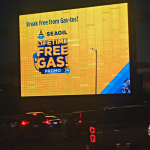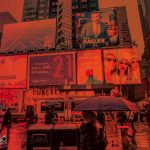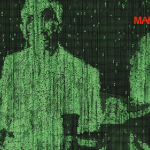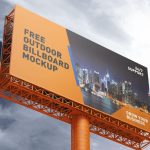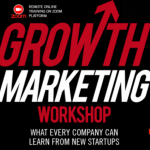The following is an opinion piece by Broadsign General Manager APAC, Remi Roques.
Aside from perhaps the town crier, Out-of-Home (OOH) is the world’s oldest form of advertising, and arguably the most resilient. Today, it’s undergoing a revolution. Digital Out-of-Home (DOOH) is building on the legacy of OOH by adding greater engagement, flexibility, and creative possibilities. Advertisers who ignore the strengths of DOOH are missing out on an opportunity to connect with their audience in new ways and, ultimately, opportunities to grow their business.
DOOH continues to grow at a rapid rate generating almost six billion dollars in 2018 globally and following significant investment from media owners in the last few years, there are now more than 3000,000 digital ad panels in the world compared to only 160,000 a few years ago (source: MAGNA Report 2019). For APAC (Asia-Pacific) region it is widely forecasted to be one of the fastest-growing mediums over the next few years. Much of that growth is contributed to the digitisation of existing classic assets, it is not crazy to assume that a large share of future growth to be attributed to planning, buying and execution of DOOH campaigns through the use of programmatic platforms.
Compared to online advertising, DOOH is taking its seat at the programmatic table a bit later, but this has enabled us to learn from online’s own transition. We’ve been able to build our own understanding of how programmatic methods of transacting can be applied to DOOH. As an example, from our experience on the programmatic transition in DOOH around the globe, we learnt that we can leverage programmatic for its full potential right out of the gate instead of making it a conduit for cheap impressions, as happened initially in digital. The result? A destructive trend for all involved – publishers – programmatic agencies, media agencies, advertisers and even users. Something that was not necessarily an artefact of programmatic buying but more of a consequence of the decisions made around inventory choice, yield management and buying strategy.
I sometimes feel that people are unclear on what programmatic DOOH actually is. At Broadsign, we simply define DOOH programmatic as the buying of digital Out-Of-Home advertising on a computer by targeting an audience.

One of the significant benefits programmatic has brought DOOH is the ability to target screens on audience-based metrics. The target audience can be broken down by age, gender, purchasing habits, and more. This ensures that DOOH is more easily included in omnichannel plans, and programmatic ad campaigns become more relevant to audiences than ever before.
For even more contextual messaging, triggers can be used as additional targeting criteria. These can be anything from the weather, traffic reports, sports scores, stock prices, facial detection – really, any data feed. Unsurprisingly, there is a great deal of excitement around the creative capabilities unlocked by programmatic DOOH. The only limit to how DOOH can be used is ad creativity, especially when the media operators have the technology to bring a dynamic programmatic campaign to life.
With programmatic, you can easily buy a campaign from an online demand-side platform (DSP), a system that allows advertising buyers to manage multiple ad exchange and data exchange accounts through one interface. This streamlines the buying process and makes it comparable to buying a digital online campaign. Even better, many buying platforms for online advertising are integrated with OOH publishers’ software systems. This allows media buyers to purchase DOOH ads from the same portal they use to buy other forms of digital advertising. This way facilitates splitting and revising campaign budgets across mediums and can help put campaign reporting for online and OOH into a single location.
Many media buyers and publishers have a lack of understanding and have concerns about remnant inventory, viewability, and automation of salesforces. This is both our greatest challenge and our most energising opportunity. At Broadsign, we believe in order to grow, all players in the industry need to work together. Media owners and tech vendors need to collaborate in driving greater innovation, effectiveness, transparency, flexibility, and standardisation across the medium.
The term “programmatic” still raises a few eyebrows, and more than a few questions. It likely will for a while yet. Still, with all the advantages of this new business model, it’s truly more a matter of “when” programmatic becomes a dominant force in the DOOH industry, not “if.” We’re excited to continue working with our partners in the industry to push programmatic forward and usher in an era of more relevant and exciting DOOH campaigns for all.
MARKETING Magazine is not responsible for the content of external sites.



